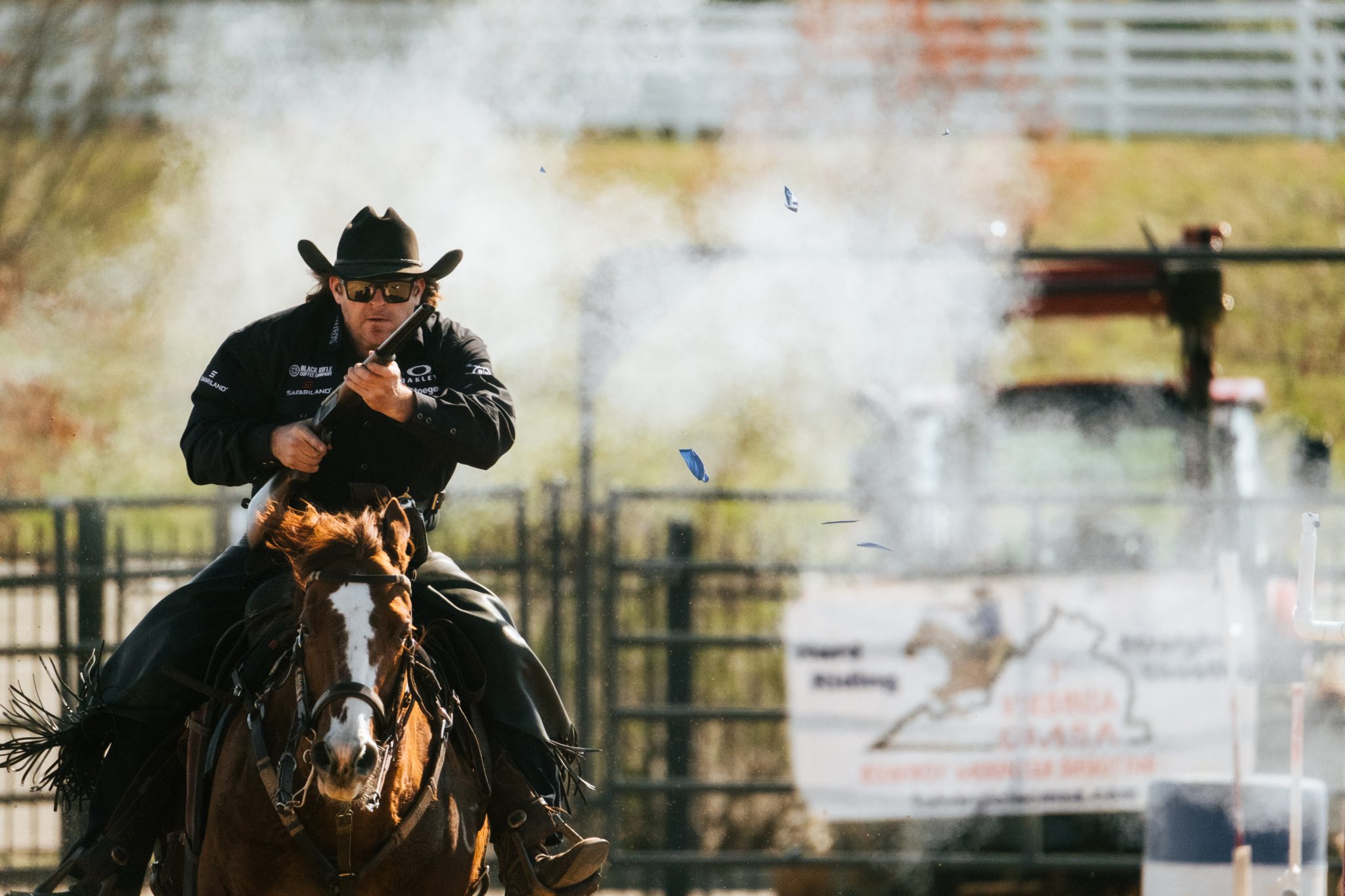Shadows in the Saddle: The Legend of Scotland’s Shape-Shifting Water Horse
Fog rolls low across the moors, and the lochs lie still beneath the moonlight. The air hums with old stories—of beauty, danger, and the creatures that blur the line between myth and memory.
When one imagines Scotland’s lochs and their folklore, the first image that often surfaces is that of the Loch Ness Monster. But long before modern tales of mysterious monsters and cryptozoological curiosities, Scotland’s waters were said to hold something far older—and far darker.

The Shape-Shifting Steed of the Highlands
Scottish fairy stories speak of the Each-Uisge (pronounced Ech-Ooshk-ya), a shape-shifting fairy horse known for its equal parts beauty and peril. In Scottish Gaelic, the name translates simply to “water horse.”
Unlike its better-known cousin, the kelpie, which haunts running rivers, the Each-Uisge dwells exclusively in deep lochs. Legends describe it as a sleek, dark horse that could emerge glistening from the water—or, in other tales, as a handsome man with water-weed hair and eyes that shimmer like a mirrored tide.
Its purpose, however, was far from innocent. Whatever form it took—man, horse, or even bird—the creature sought only one thing: to lure the unwary back beneath the surface.
The Lure of the Lake
The Each-Uisge would often mingle with grazing herds, appearing harmless enough. When a traveler or farmer approached, it allowed itself to be caught and mounted. But once astride, the rider’s hands would adhere to its sleek hide—the horse’s skin becoming like glue—and with a wild plunge, it would gallop straight into the loch, dragging its captive to a watery grave.
In one especially chilling tale, the creature lures a group of children to climb upon its back. With each new child, its body elongates, accommodating them all before charging into the depths—never to surface again.
In human form, the Each-Uisge was equally deceptive, charming young women with its ethereal beauty. Yet folklore offered a few warnings: its hair always carried strands of lakeweed, its touch was cold as stone, and—most telling of all—it could never fully hide its hooves.
A Creature Both Cursed and Captivating
Those who fell victim to the Each-Uisge were said to vanish entirely, save for their livers, which washed ashore days later—the only trace of their fate. But as with many Celtic creatures, the water horse was not without nuance.
If one could capture and shackle the beast with iron chains or cow shackles before mounting it, it could be subdued and even used as a workhorse. Yet the moment the bindings were removed, it would break free—often dragging its captor with it in revenge.
Iron, as in many fairy traditions, was said to be the creature’s weakness. When slain, the Each-Uisge would not leave behind a normal carcass, but dissolve into a strange, jelly-like substance called “star-shine”—once thought to be proof of fairy activity, now understood as a natural byproduct of the loch’s mysterious ecosystem.
From Folklore to Film
By the early 1900s, belief in the Each-Uisge had faded, described by folklorist John Gregorson Campbell as “generally a thing of the past.” Yet the legend has lingered—rippling quietly through Scottish heritage and even surfacing in modern storytelling.
The 2007 film The Water Horse: Legend of the Deep drew inspiration from these ancient myths, reimagining the fearsome water horse as a gentler, misunderstood creature—proof that every legend can shift shape over time, just like the Each-Uisge itself.
Where Shadows Meet Saddle
 For those who live by the rhythm of hoofbeats, this tale strikes a familiar chord. The Each-Uisge reminds us that horses—real or legendary—are reflections of both our trust and our temptation. Their beauty demands respect; their power, reverence.
For those who live by the rhythm of hoofbeats, this tale strikes a familiar chord. The Each-Uisge reminds us that horses—real or legendary—are reflections of both our trust and our temptation. Their beauty demands respect; their power, reverence.
So tonight, as Halloween fog curls around barn doors and the wind hums like the sigh of the loch, listen closely. Perhaps that flicker on the water’s edge isn’t just moonlight. Perhaps it’s the whisper of the water horse, reminding us that even in legend, the spirit of the horse rides on—steady, strong, and shadow-slicked.



-png.png)
